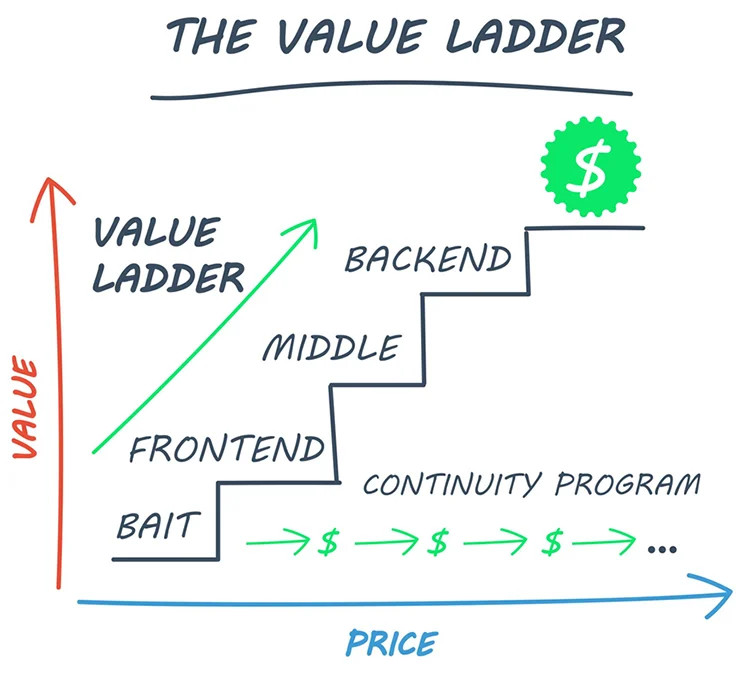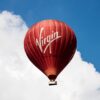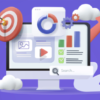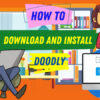Free
Which Should You Use: Product Pages or Landing Pages?
Ever wondered about the difference between product pages and landing pages? And which one is best for your needs?
What Is a Product Page?
Let’s start with product pages. These are designed to showcase and sell specific products on an e-commerce store. They feature detailed descriptions, key features, photos, prices, and the option to add items to a cart. You’ll also find customer ratings, reviews, and suggestions for related products. If you have just a few products, it’s best to create individual sales pages and link to them from your website’s navigation. But if you have a larger inventory, structuring your website as an online store with product pages is the way to go.
What Is a Landing Page?
Now, let’s talk about landing pages. These pages have a single conversion goal in mind. This can be anything from collecting contact details to making a sale. Lead generation landing pages aim to gather customer information, while sales landing pages focus on persuading visitors to purchase a specific product or service. Other conversion goals, like sharing content or completing surveys, are less common.
You might be wondering, what’s the difference between a product page and a sales page? Well, a product page’s primary conversion goal is to sell a specific item, but it may also include additional goals. For instance, on Amazon, you’ll find product pages that not only promote the featured product but also suggest related items or showcase popular choices. However, on your own e-commerce store, you won’t be promoting other products like Amazon does.
If you want to incorporate elements from successful product pages like Amazon, you may introduce competing conversion goals. However, if your main aim is to persuade potential customers to order a specific book, like “DotCom Secrets,” then a landing page is the way to go.
In fact, we have a fantastic offer for you! Get “DotCom Secrets” for FREE!
Technically, our “DotCom Secrets” landing page is designed to generate leads because the book itself is free. However, since we ask customers to cover the shipping costs, we’ve structured it as a long-form sales page.
If we decided to sell the book instead of giving it away for free, we would still use the same landing page with some changes to the copy.
When should you use landing pages?
Let’s take a closer look at the two most common use cases.
First, we have lead generation landing pages. Here’s the most effective way to generate leads online:
- Create a lead magnet.
- Create a landing page for that lead magnet.
- Drive traffic to that landing page.
This process is known as a lead generation funnel.
For example, check out our simple yet highly converting landing page for “The Funnel Hacker’s Cookbook” lead magnet.
Ready to get your hands on “The Funnel Hacker’s Cookbook” for FREE?
The lead generation funnel is the first stage of the Value Ladder sales funnel, which involves:
Bait: Offer your lead magnet in exchange for the customer’s email address.
Frontend: Offer your least expensive and least valuable product or service.
Middle: Offer a more expensive and more valuable product or service.
Backend: Offer your most expensive and most valuable product or service.
Ideally, add a continuity program, like a subscription product for recurring revenue.
Don’t forget about downsells, upsells, and cross-sells to maximize revenue.

Use landing pages to gather email addresses from your ideal customers and then send them targeted emails leading to your sales pages.
Russel, the creator of the Value Ladder sales funnel, used this strategy to grow ClickFunnels to over $100M in annual revenue.
So, if you’re looking to drive conversions and maximize revenue, landing pages are the way to go!
Sales Landing Pages
Are you looking to convince your dream customers to buy your products and services? If so, sales landing pages are your best bet. They are incredibly effective in persuading your audience to take action.
When it comes to sales pages, they can work wonders, whether you have a vast array of products or just a few. With the right email marketing strategy, you can drive traffic directly to a specific product’s sales page.
For e-commerce businesses, creating dedicated sales pages for each product can be a game-changer. By linking these pages to your navigation bar, you can attract potential customers and guide them towards making a purchase.
Now, if you want to really boost your e-commerce business, creating a cart funnel and driving traffic to it is the way to go. This applies to both online stores with a small inventory and those resembling the likes of Amazon.
A cart funnel typically consists of:
- A captivating sales page
- Upsells
- Cross-sells
- A thank you page
As you can see, the first step in this funnel is a sales page. If you haven’t created a proper sales page for your most popular product, now is the time to do so. It’s a crucial aspect of implementing this approach.
Introducing ClickFunnels 2.0: Your Ultimate Landing Page Solution!
With ClickFunnels 2.0, you have all the tools you need to create landing pages that convert like never before:
- Tried and tested landing page and sales funnel templates
- An intuitive visual editor to customize your pages
- A/B testing functionality for optimizing your landing pages
The best part? We offer a risk-free free trial. You can explore our software and experience its power firsthand.
Don’t miss out on the opportunity to create compelling landing pages that drive results. Try ClickFunnels 2.0 today!
>>>Join The One Funnel Away Challenge<<<





























